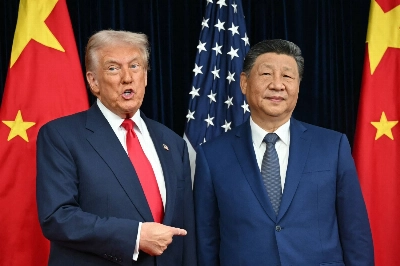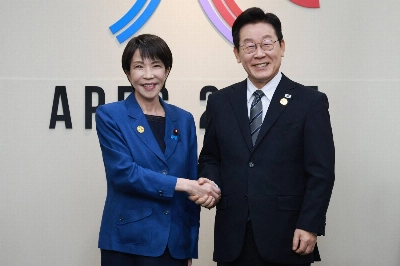SEOUL -- U.S. Secretary of Defense Donald Rumsfeld is the man the world loves to hate. The blunt-speaking former wrestler has managed to infuriate U.S. friends and allies, declaring the nations of "Old Europe" irrelevant and undermining British Prime Minister Tony Blair on the eve of the Iraqi war by saying the United States could win without British troops.
Rumsfeld is a hard-nosed realist who makes no bones about the use of American military might. In the struggle for influence in Washington, his natural foil is Secretary of State Colin Powell, who favors diplomacy, coalition-building and the use of international institutions to exercise U.S. influence. In the aftermath of the victory in Iraq, on the heels of the rout in Afghanistan, the pendulum again has swung toward the Pentagon.
Rumsfeld's star is ascendant today, but on Sept. 10, 2001, he was public enemy No. 1 in Washington and there was open speculation about how long he would last in the job. Rumsfeld had bold plans to redesign the U.S. military, and his vision had alienated all the services and many of the important constituencies in Washington. Then on Sept. 11, a hijacked jetliner flew into the Pentagon and Rumsfeld led the rescue efforts. His heroism transformed the secretary's image and he has been going from success to success ever since.
















With your current subscription plan you can comment on stories. However, before writing your first comment, please create a display name in the Profile section of your subscriber account page.